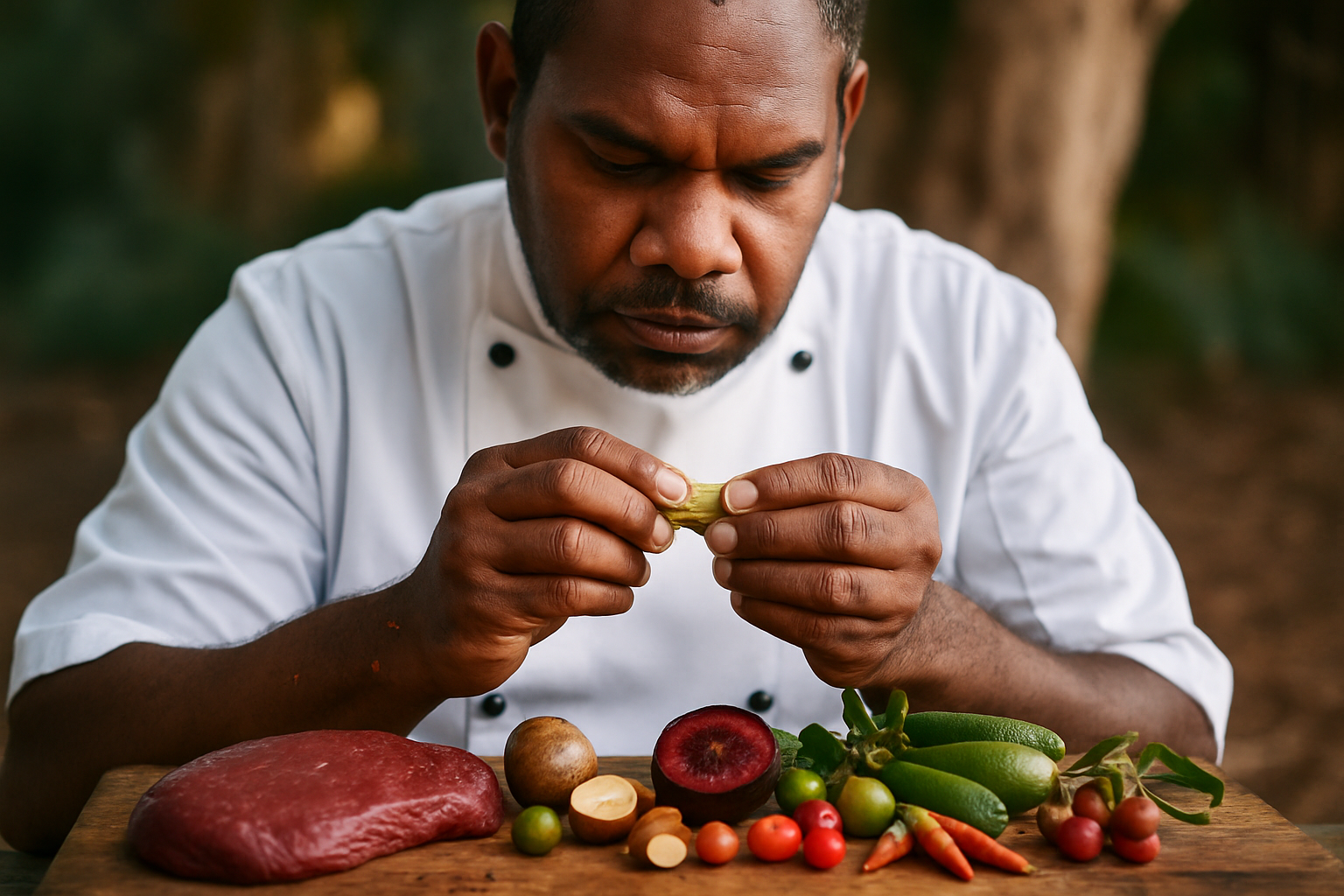Flavor Balancing Techniques for Home Chefs
Balancing flavors transforms ordinary cooking into dishes that feel intentional and complete. This piece presents practical techniques for home chefs to manage acidity, sweetness, salt, bitterness, and umami across recipes, mixology, fermentation, and seasonal ingredients. Emphasis is placed on pairings, sustainable sourcing, and simple adjustments that improve snacks, desserts, and meals.

Achieving a well-balanced plate or drink requires attention to five basic taste elements—salt, acid, sweet, bitter, and umami—and to texture, aroma, and temperature. Home cooks can develop a reliable sense for balance by tasting intentionally, keeping a small pantry of versatile ingredients, and learning a handful of corrective moves: a splash of acid to brighten, a pinch of salt to clarify, fat or oil to round, and a bitter or herbaceous note to add contrast. These methods apply across cuisine styles, from streetfood snacks to composed desserts.
How do recipes achieve balance?
Recipes reach balance through layering and contrast. Start with a base that provides body—grains, legumes, or starchy vegetables—then build with seasoned proteins or plantbased elements and finish with bright or acidic components. In practical terms, adjust salt early and taste throughout cooking; acidity (vinegar, citrus) is often best added near the end; sweet elements like honey or fruit can soften bitter edges; and a finishing oil or butter can smooth a jagged flavor profile. Consider texture as part of balance: a crunchy garnish or a creamy element can change perceived saltiness and sweetness.
What role does mixology play in flavor balance?
Mixology applies the same balancing principles used in food to drinks. Spirits and bases contribute body and bitterness; mixers provide acidity or sweetness; and bitters and aromatics add complexity. In cocktails, balancing spirit strength with sweet and sour ratios stabilizes flavor—classic frameworks like 2:1:1 (spirit:sweet:sour) are starting points, not rules. Use fresh juice for cleaner acidity in craft drinks, and consider texture from egg white or foam for mouthfeel. Nonalcoholic mixology borrows the same techniques: tea, shrubs, and herbal infusions serve as concentrated flavor elements for balanced mocktails.
How can fermentation enhance your dishes?
Fermentation introduces acidity, umami, and depth through controlled microbial action. Quick ferments such as pickled cucumbers or kimchi add bright, tangy notes that cut through rich or fatty foods, while longer ferments like miso or aged cheeses deliver savory umami that deepens sauces and dressings. For home chefs, simple ferments—yogurt, lacto-fermented vegetables, or small-batch kombucha—are powerful tools for elevating snacks and main dishes. Fermented condiments also improve shelf life and expand the flavor palette available for pairings and mealprep.
How to approach pairings for texture and taste?
Pairings should seek complementary and contrasting elements. Match a rich, fatty main with an acidic or bitter side to refresh the palate; pair sweet desserts with a touch of salt or an acidic component to prevent cloying. When considering texture, pair creamy items with crunchy elements to create interest and perceived balance. Use herbs and spices to bridge components—cilantro or mint can lift heavy dishes, while roasted seeds or nuts add nuttiness and crunch. Experimentation and keeping notes on successful combinations—particularly across different cuisines—help refine pairing instincts over time.
How does seasonal and local sourcing affect flavor?
Seasonal produce tends to be more flavorful and economical, and local sourcing reduces time from harvest to table, preserving aroma and texture. Designing menus around what’s in season simplifies balancing because peak produce often has more concentrated sweetness and acidity, requiring subtler adjustments. For example, summer tomatoes may need only a pinch of salt and a splash of good oil, whereas out-of-season varieties may demand stronger acidity or concentrated tomato elements. When cooking with local ingredients, adapt spices and pairings to highlight distinctive regional flavors and reduce reliance on masking agents.
How can sustainability influence ingredient choices?
Sustainability intersects with flavor by encouraging diverse, local, and plantbased ingredients that often bring fresher and more distinctive tastes. Incorporating whole-ingredient approaches—using bones for stocks, veggie scraps for broths, or overripe fruit in preserves—adds complexity and reduces waste without sacrificing flavor. Choosing seasonal proteins and focusing on plant-forward plates expands variety and encourages creative balancing: vegetables can be caramelized for sweetness, fermented for acid, or dressed with concentrated sauces for umami. Sustainable choices also promote broader gastronomy awareness, connecting mealprep with environmental and nutritional considerations.
Conclusion
Flavor balance for the home chef is a set of reproducible habits rather than a single recipe: taste frequently, maintain a pantry of balancing ingredients (salt, acid, fat, sweet, and bitter), and learn corrective moves that rescue an off course dish. Techniques from mixology and fermentation expand the toolkit, while attention to seasonal and sustainable sourcing deepens flavor and makes meals more resilient. By practicing small adjustments and keeping notes, cooks can develop confident instincts for pairings and textures across recipes, snacks, and desserts.





